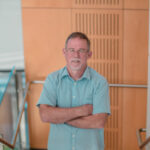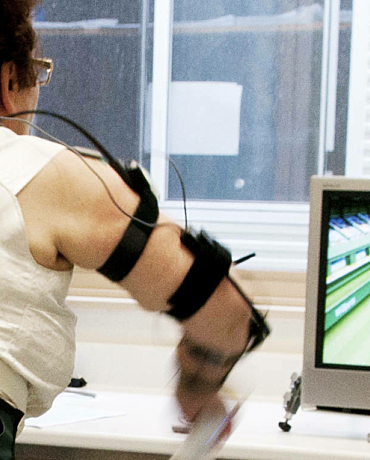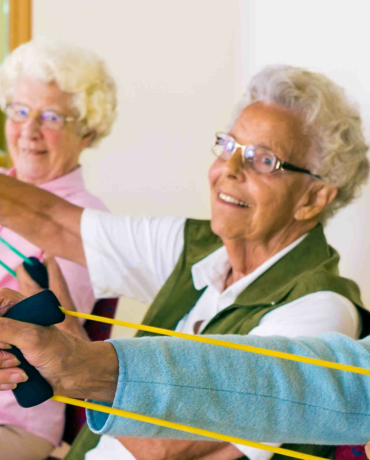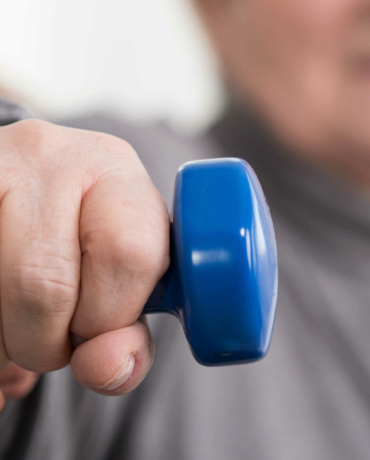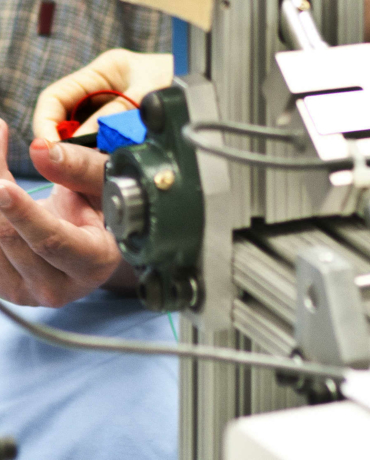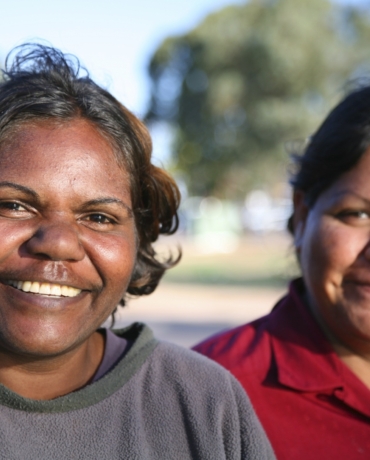Stroke
Over 60,000 Australians suffer a stroke every year, making it the second most common cause of disability in Australia. Our research is focused on the recovery of movement after stroke.
Over 60,000 Australians suffer a stroke every year, making it the second most common cause of disability in Australia. Our research is focused on the recovery of movement after stroke.

There are several risk factors for stroke, including high blood pressure, high cholesterol levels, obesity, having diabetes, having an irregular pulse, and having had ‘mini-strokes’ (transient ischaemic attacks) in the past. If you smoke, eat a diet high in salt and fat, or drink excessive amounts of alcohol you are considered to be at higher risk of having a stroke. Age is also a risk factor; however, about two-thirds of stroke patients are over 65.
The signs of a stroke include:
If you or someone else is experiencing these signs, seek medical attention immediately.
A stroke can affect movement in part or all of the arm or leg on either side of the body. Because movement, including range and dexterity, may be considerably affected, a person who has had a stroke may feel discouraged about using their stroke-affected limb. However, the only way to regain movement and function is to use the limb.
In constraint-induced movement therapy (CI), the therapist constrains the patient’s unaffected arm in a sling, forcing them to use their affected side repetitively and intensively for two weeks.
Virtual reality therapy, including the use of video gaming consoles, is increasingly being used because patients find it more fun and satisfying, which means they are better able to keep up with their treatment regime.
Our research has shown how different levels of the motor pathway are affected after stroke. The brain cannot drive the muscles on the more affected side as well as those in healthy controls and the resulting force is not as steady. This lack of control makes holding objects or carrying items difficult, particularly when patients do not have vision to help control movement.
We have also shown that when patients are distracted, their control of movement on the more affected side becomes worse. This lack of movement control is compounded by the muscle weakness that characterises movement control after stroke.
Our researchers have developed a new type of therapy using the Nintendo Wii as a rehabilitation tool after a stroke. Because patients have to learn a new skill when playing these games, this results in greater improvements in brain function than strength or endurance training or the repetition of simple movements alone. The Nintendo Wii doesn’t need to be modified and we can tailor the program to each patient.
Our patients significantly improved their movement ability and the range of tasks they could perform in everyday life using their stroke-affected hand and arm after only two weeks of therapy. More importantly, they were highly satisfied with this form of therapy.
Every dollar of community support enables our scientists to continue making life-changing discoveries that contribute to a brighter and healthier future.
Run, swim or bake your way to making a positive difference in the lives of people touched by brain and nervous system disorders.
Stay informed about our latest research breakthroughs, scientific discoveries and the incredible minds behind them – subscribe today.
Neuroscience Research Australia respectfully acknowledges the Bidjigal and Gadigal peoples of the Eora Nation as the Traditional Owners of the Land on which we stand and pay our respects to Elders past and present.
Redevelopment of the NeuRA website has been made possible by the generous support of Conexus Financial.
